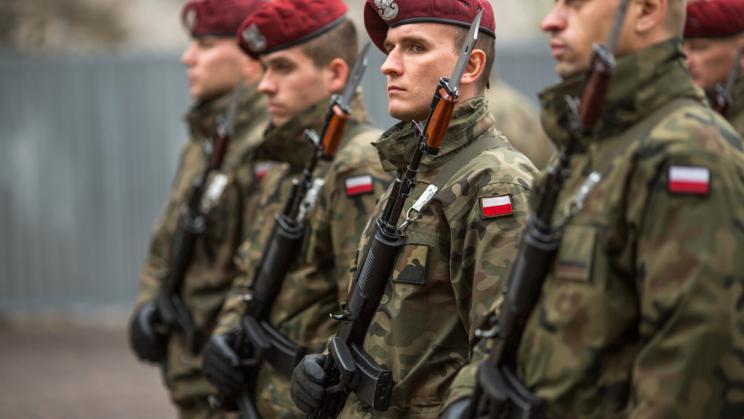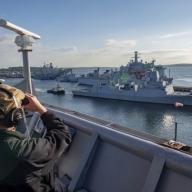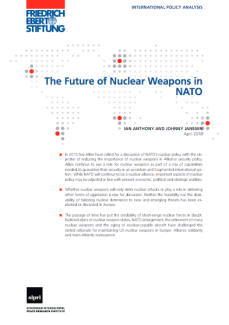Military instability in Europe
'The assertions that the course of events in today’s Europe is associated with the period shortly before World War I, when politicians lacked the wisdom to deal with an impending catastrophe, and geopolitical ambitions prevailed, no longer sound exotic.'
-- Sergei Lavrov, Russian Foreign Minister at the OSCE Ministerial meeting, Belgrade, 3 December 2015
In the 2010 Astana Commemorative Declaration, the heads of state and government of the Organisation for Security and Cooperation in Europe (OSCE)—the only security institution with full Euro-Atlantic and Eurasian participation—recommitted themselves to the vision of a free, democratic, common and indivisible security community. The leaders have not convened since, and with the de facto collapse of the European common and cooperative security system, military security issues that were pushed into the background at the end of the Cold War are receiving renewed attention.
Russia implemented a military reform process that includes a remodelled force structure and the modernization of equipment. For its part, the North Atlantic Treaty Organisation (NATO) is implementing a package of measures designed to reinforce collective defence and deter potential aggression of any kind against its allies.
Research staff
no researchers








